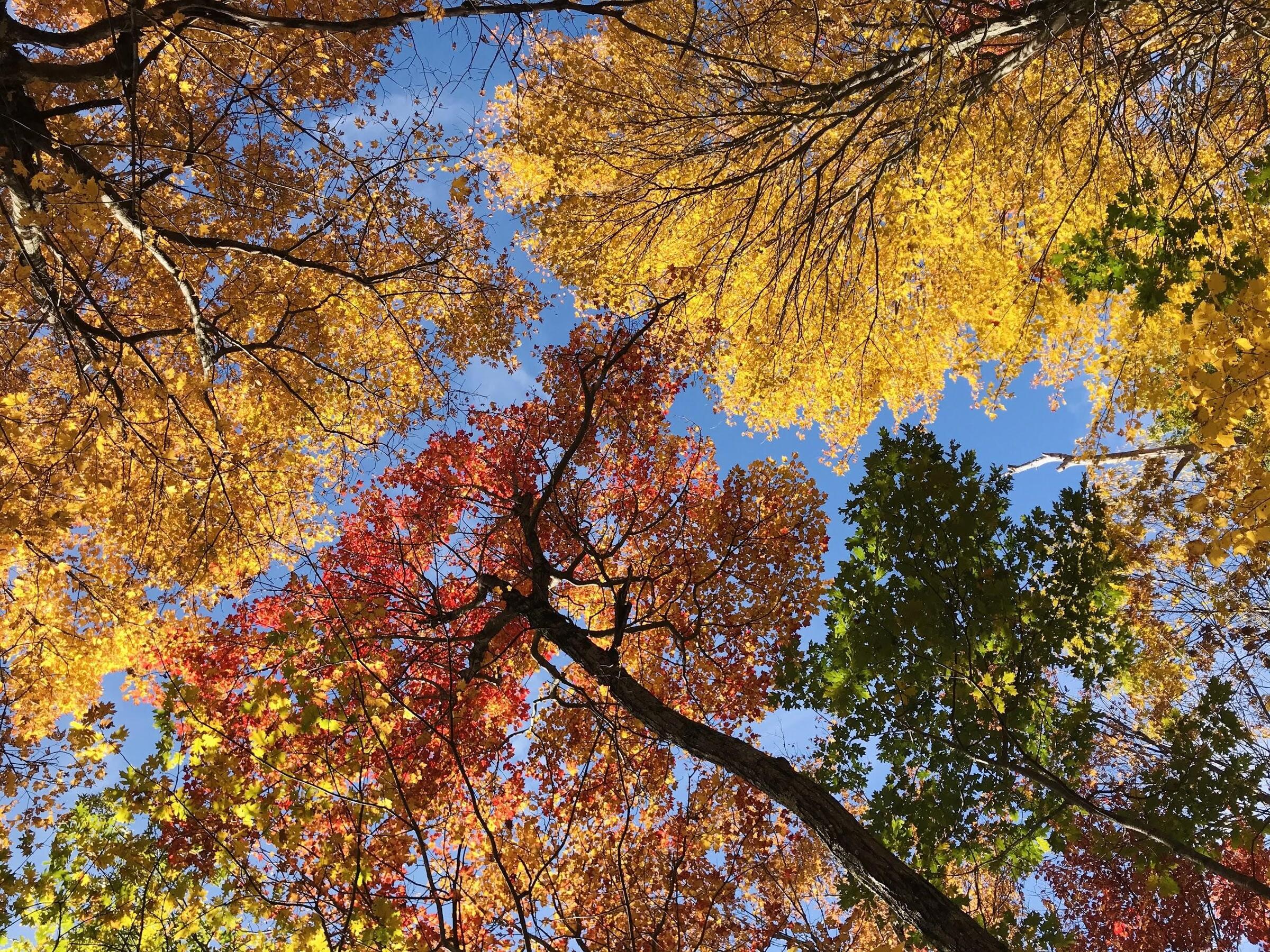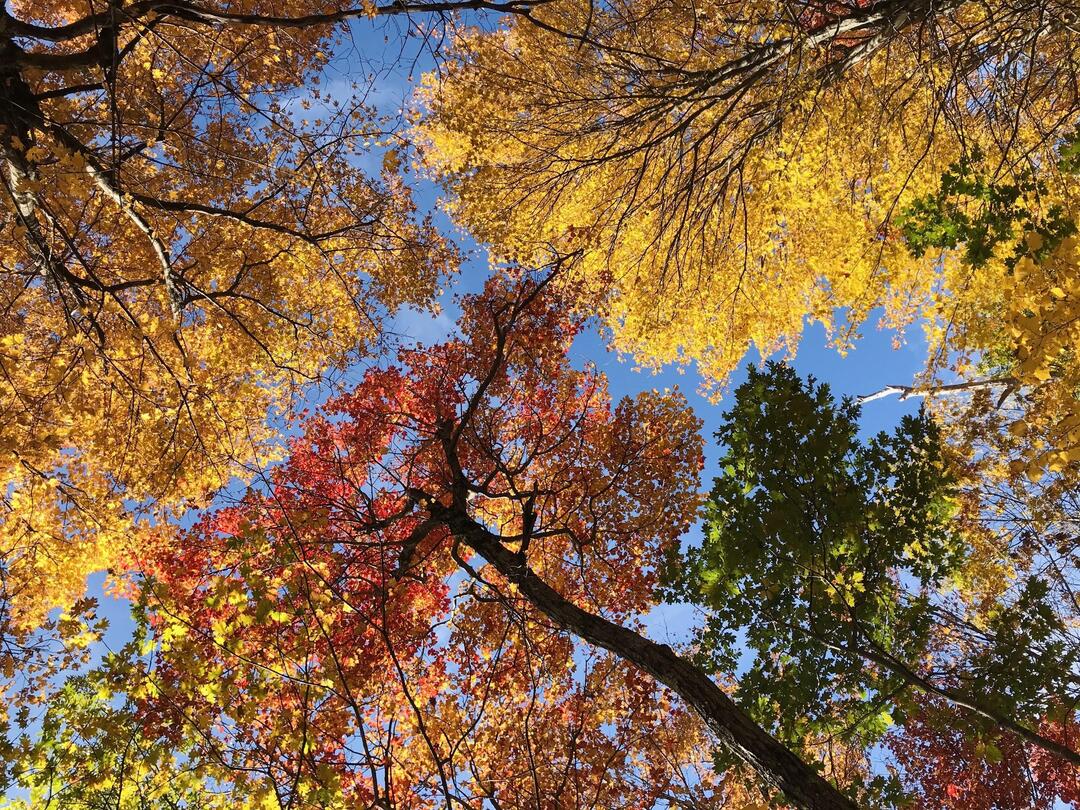Maple sugaring has a long history in North America - a history spanning thousands of years since Indigenous communities first learned when and how to harvest maple sap and refine it into maple sugar. Over the years, the industry has undergone some dramatic changes with the adoption of new time and energy saving technologies, scientific and ecological forest management practices, and the expansion and diversification of the maple sugaring market. The adoption of new technologies - including reverse osmosis machines, plastic tubing, vacuum systems and more efficient evaporators has allowed for continued growth in maple syrup production. To illustrate an example of just how profoundly technology has transformed Vermont’s sugaring operations, consider the reverse osmosis machine. Using a combination of fine, semipermeable membranes and an electronic pump system - reverse osmosis machines separate water from the sugar, minerals, and other suspended solids in the maple sap. This allows maple producers to dramatically reduce the amount of water they have to evaporate from the sap in order to produce the final maple products we love so much. In fact, reverse osmosis machines can reduce boiling times (and thus energy expenditure) by 60-70% based on brix concentration (aka - the amount of dissolved solids, like sucrose, in the sap). This adds up to a lot less time spent tending the sugarhouse, and more time spent enjoying the syrup we love so much!
Meanwhile, the creation and widespread adoption of new certification and recognition programs (e.g., U.S.D.A. Organic and Bird-Friendly Maple recognition) across Vermont has also helped to ensure that sugarbushes are managed in a more environmentally-friendly manner - with sugarers working to maintain structural and ecological diversity in their forests. For example, under the Bird-Friendly Maple recognition program, participant sugarbushes commit to supporting a greater diversity of tree species (as opposed to a monoculture of red and sugar maples), canopy structure (i.e., ensuring mixes of tall and lower-canopy/shrub tree species), and complexity (i.e., leaving dead snags and fallen woody debris to serve as refuge and foraging sites for birds and small mammals). These actions support a greater number and variety of plants and animals, which in turn enhances natural ecosystem services, or benefits, provided by proper ecosystem functioning, including nutrient cycling, carbon sequestration, erosion and pest control.
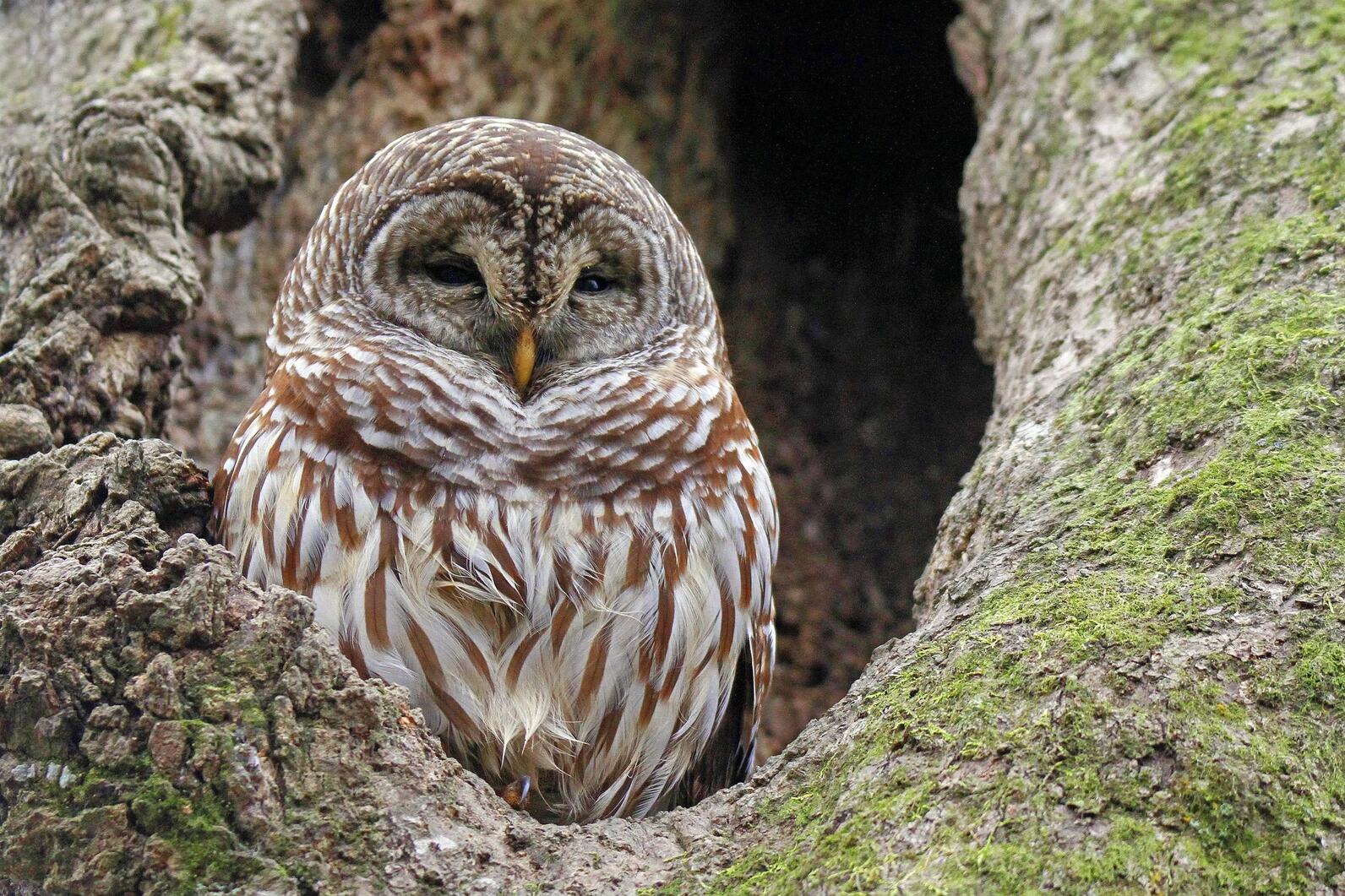
Despite the great strides maple sugarers have made in adapting their methods - consuming less energy and providing more quality forest habitats and ecosystem services in the process- there exists one existential threat that could prove disastrous for the future of maple production across much of the U.S. - global climate change. Given that maple sugaring is a forest-derived product, the impacts that climate change may have on northern stands of sap-producing tree species - chiefly sugar maples (Acer saccharum) and red maple (Acer rubrum) - is of primary concern when it comes to the potential impacts of a changing climate. Aside from changing the natural geographic range in which these tree species can survive, a warming climate also presents challenges in shortening the length of the sugaring season, facilitating the expansion of invasive tree pests, and even reducing the concentration of sucrose in maple sap. Warming temperatures, changes in precipitation, soil characteristics, and the shortening of freeze-thaw cycles will all impact both maple trees and syrup production. Here are three ways climate change is expected to impact maple sugaring:
Impact #1: Climate change will change where we make maple syrup
Before we jump into the potential impacts, it’s important to understand how climate change interacts with our environment - and specifically through weather patterns. First, over longer spans of time, average weather conditions will change. The most obvious example of this is in the name itself - our climate is getting warmer. This means that each year, average low temperatures and the average high temperatures get higher. Secondly, climate change increases variability - include the extremes - in weather patterns. This means more pronounced fluctuations between years of extreme snow and/or rainstorm events and flooding whereas other years may feature more drought-like conditions. This is already happening, but humans can still control how fast these changes happen, and that matters to plants (like maple trees!) who are evolving and adapting along with our climate.
In the case of sugar maples, climate change will primarily affect their health through its impacts on soils. Sugar maples require nutrient-rich soils and a narrow range of soil moisture in order to grow properly (Godman et al., 1990), both of which make this an environmentally-sensitive species. Over the past 60 years, evidence suggests that sugar maples have declined across the northeastern US and eastern Canada (Horsley et al., 2002). Over the course of the 1900s, annual-mean air temperatures (at 2 m above ground level) in the northeastern United States have increased at a rate of approximately 0.09 °C per decade (Kunkel et al., 2013). The annual amount of rainfall has also increased significantly across the northeastern in the 20th century (Kunkel et al., 2013), with a conspicuous increase in the frequency of heavy rainfall events since the late 1950s (Groisman et al., 2005). As a result of such changes, Oswald et al (2018) found evidence that “climate conditions for sugar maple have deteriorated over the 32-year time span of our climate data (1981-2012)” and that projected declines were “primarily driven by increasing April and October minimum temperatures, highlighting the increased vulnerability of sugar maple to climate conditions in the shoulder seasons (transition periods between peak winter and summer conditions).” Under a model predicting low carbon emissions, Oswald et al. (2018) estimated that by 2071, 55% of sugar maples across Vermont will likely experience moderate to severe climate-driven stress compared to historic levels, thereby restricting the tree’s range in the state to refuge zones (this increases to 84% of trees being affected under a high emissions scenario).
Using existing data on species abundance, climate, and site characteristics, the United States Forest Service has also modeled current and future geographic distributions of sugar maple as one of the species under their Climate Change Tree Atlas program. Their sugar maple model demonstrates that seven of the top ten predictors of sugar maple importance across its range are related to soil characteristics (Iverson et al. 2008), many of which are subject to change amid a changing climate. In fact, their findings suggest that the ideal habitat for sugar maples is expected to shift northward into Canada as the climate warms (unfortunately, recent research also suggests that the northern limit of where the trees can thrive may be constrained by soil chemistry and fungi microorganisms found in northern soils.)

Impact #2: Climate change will change when we make maple syrup
One of the unique aspects of maple sugaring is that maple trees require a narrow window of temperatures to induce their sap to “flow.” Specifically, sap begins to flow from the maple trees’ root system up to their branches during a very specific window: when temperatures swing below freezing (at or below 0°C / 32°F) at night and above freezing during the day. These temperature fluctuations generate pressure differentials within maple xylem tissue, resulting in sap exudation (Tyree 1983, Graf et al. 2015). Typically, this daily freeze-thaw cycle spans between Town Meeting Day (beginning of March) and April each year, constituting what sugar-makers affectionately call “sugaring season.” However, sugar maple trees now begin releasing their sap approximately 8.2 days earlier and stop producing usable sap 11.4 days earlier than they did 40 years ago - a trend coinciding with regional climate changes recorded over the same time period. To put this into perspective, this translates to an approximate 10% loss in the length of the sugaring season since my parents graduated from elementary school!Additionally, a new study shows that by 2100, maple sugaring may begin one month earlier than it did between the years 1950 and 2017. To arrive at these findings, researchers examined sugar maple stands spanning from Virginia to Québec, Canada, over a six-year period. Using historical climate data, the researchers examined how past changes in minimum and maximum temperatures affected sap flow and created a model based upon their field data predicting timing for optimal sap flow. Their conservative models predict that by 2100, Virginia and Indiana will barely be able to produce any sap (due to a significant shortening of the “sugaring season) whereas production in Québec will grow significantly. By the end of the century, most of the areas containing sugar maples in the U.S. are projected to see decreases in maple production while areas in northern Ontario and Québec may see moderate to large increases.
Shifting starts to the sugaring season can also cause problems for producers, who in response may tap their trees either too early or too late. Traditionally, sugarmakers use historic sap flow initiation dates to determine when they will tap their trees, opting to tap just before the sap begins flowing in order to optimize yield. If sugarers tap their trees too early, it can lead to “drying out” - a natural process by which the tree reacts to microorganisms that build up in the taphole by plugging the hole. Problems also arise if producers tap their trees too late after the season has already started, losing out on the first flush of valuable sap runs. As spring temperatures are projected to become more volatile, predicting the start of the flow will become increasingly difficult, leading to more complications for maple producers.
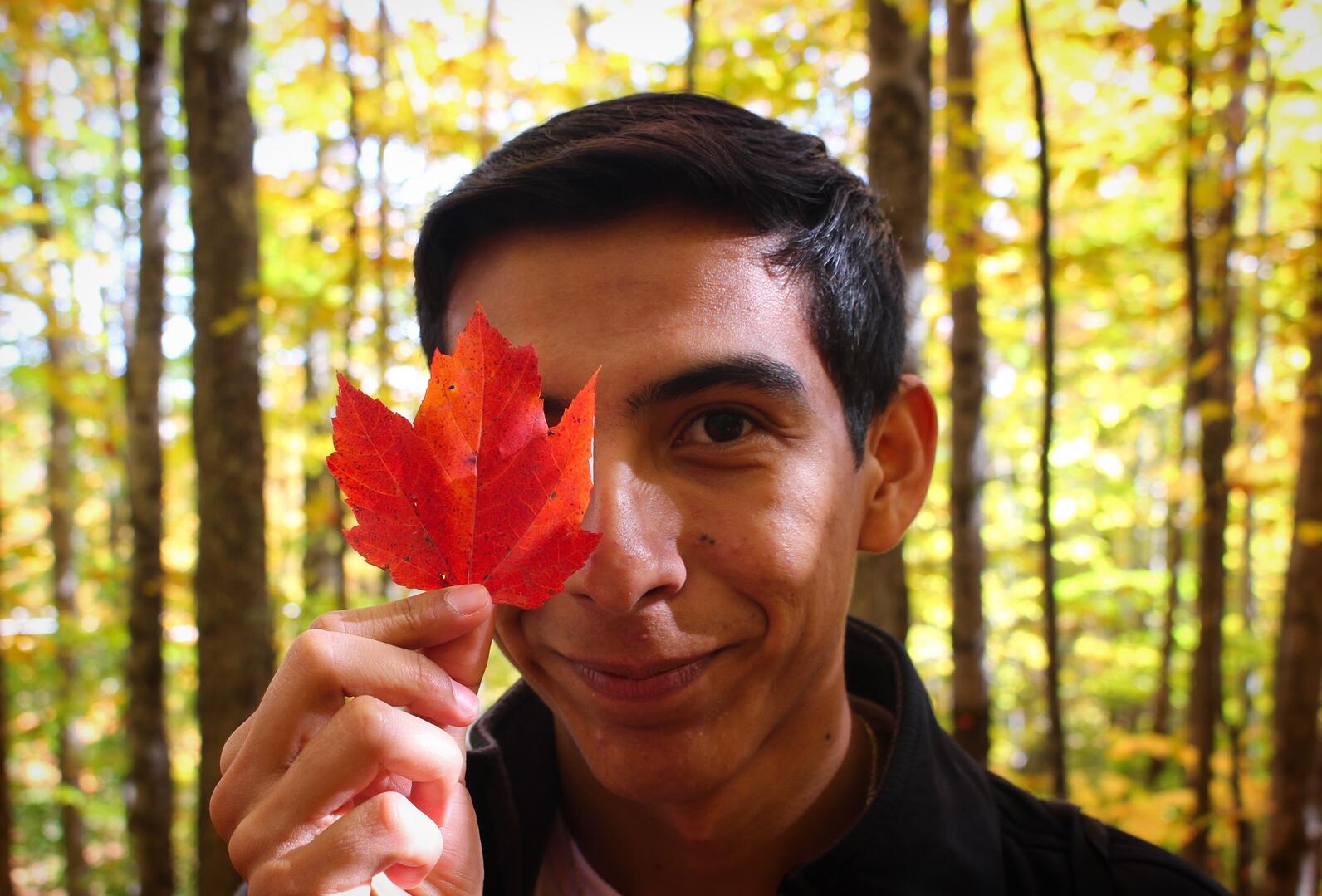
Impact #3: Climate change will change the amount of time and energy it takes to make syrup
Although the amount of sugar contained within sugar maple sap varies from one tree and one area of the forest to the next, the general rule of thumb is that sugar producers need to boil down 40 gallons of sap to produce one gallon of maple syrup. The main factor determining how much time and energy it takes to “boil down” - aside from whether or not a reverse osmosis machine is being used - is the natural sugar content of the sap. Sugar content depends on the amount of carbohydrates (sucrose) that the tree has stored over previous growing seasons through photosynthesizing and taking up nutrients from the surrounding soil. The balance between photosynthesis (carbohydrate storage) and respiration (carbohydrate usage - which occurs through growing, repairing wounds, etc.) drives the accumulation of sucrose in maple trees (Kozlowski 1992). For sugar maples, respiration rates increase faster than rates of photosynthesis with rising average temperatures, meaning that the amount of sugar that trees are able to store will decrease as the climate warms (Gunderson et al. 2000). In fact, based upon observed relationships between temperatures and sap production, researchers found that sap sugar content declined by 0.1 °Brix (1 degree Brix is equal to 1 gram of sucrose in 100 grams of solution) for every 1 °C increase in previous May-October mean temperature (Rapp et al. 2019). Using this relationship, they projected that sap sugar content will decline by 0.7 °Brix across sugar maple’s range by the year 2100 under a moderate CO2-emissions scenario (Rapp et al. 2019). What does this mean for sugar producers? Simply put - lower sugar content will require more boiling, and more sap to make the same end product.
Now, despite anticipated changes in the geographic range of sugar maples, the length of the sugaring season and the sugar content in maple sap, it isn’t all doom and gloom for the sugaring industry. So far, maple production has increased across the state of Vermont (and the rest of the U.S.) over the previous 20 years - at an average rate of 10 percent per year. This increase is largely attributable to a steady increase in the number of taps as well as the introduction of new sugaring technologies that have steadily increased sap yield, including vacuum systems, better-designed taps, and tubing. In addition to these new technologies, the sugaring industry is well-positioned to change along with a changing climate given sugarmakers’ long history and experience working in dynamic forest systems. Unlike many other food products which are produced in irrigated, pesticide-laden, monocultures, maple syrup is produced in an ever-changing natural forest ecosystem, meaning that sugarmakers are well accustomed to changing their plans and adapting to the elements from one year to the next. As Steve Wheeler, owner of Jed’s Maple in Derby Vermont remarked during a recent phone interview, “We work in forests day in and day out… we’re different from traditional food producers in that we have to bend and adapt more to natural systems. I think if any industry can adapt to a changing environment it’s the sugaring industry because we’ve been attuned to changes for a long time.”
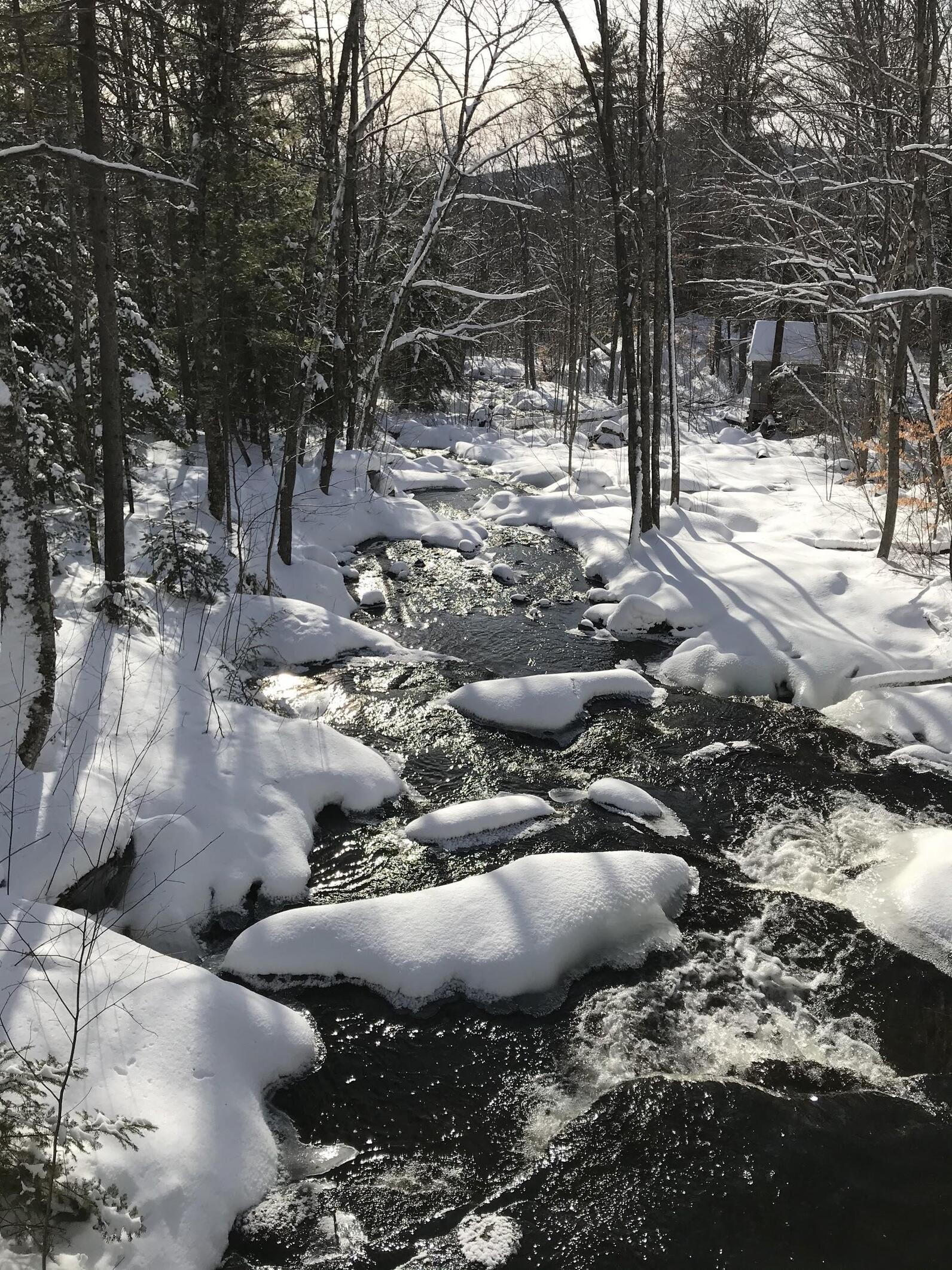
Alongside the benefits of new technology and sugarmakers’ general willingness to adapt, sugarbushes can also help to mitigate the impacts of global climate change. As Steve Hagenbuch, a conservation biologist and maple producer at Audubon Vermont says, “Despite the fact that climate change remains a significant threat to the future of Vermont’s forests and maple industry, there is also a significant amount of hope. The very trees themselves that provide us with the maple sap to be boiled into syrup are among our greatest allies in climate mitigation. Sugaring keeps the forest as forest. Each and every maple tree absorbs and stores carbon through the same processes it utilizes to make sweet sap. It’s a winning solution all around and one that should allow for each of us to find another reason to love maple syrup!” Indeed, as New England works to prevent its dwindling forests from disappearing altogether, state departments and environmental organizations are realizing that maple production can help make forests financially viable to stay as they are for landowners who would otherwise sell to developers or cut their trees for timber. With an uptick in consumer interest and the adoption of cost-saving technologies, the industry is only predicted to grow in the years ahead - meaning sugaring may become an increasingly viable option on forested lands. Keeping carbon-absorbing forests standing is increasingly important in New England, as satellite imagery has shown that the region has lost more than 350,000 ha of forest cover since 1985, marking a reversal of a two-hundred-year trend of forest expansion following the period of colonization (Thompson et al 2017). To put this into perspective, an estimated 65 acres of forest are lost each day in New England according to a 2017 Harvard Forest Report, setting the region on track to lose 1.2 million acres by 2060. According to Project Drawdown - a global science-based initiative to restore forests as a means of reducing atmospheric carbon - just 2.5 acres of diversified temperate forests (like those comprising Vermont’s sugarbushes) can hold around 100 tons of carbon. Multiply this across many sugarbushes, and it doesn’t seem unreasonable that maple could help staunch the loss of stored carbon dioxide into the atmosphere.
Additionally, it's important to recognize that sugar maples will not disappear altogether amid climate change, but rather areas containing optimal growing conditions for maple trees will contract and generally shift northward (Oswald et al 2018). Additionally, although Rapp et al (2018) found that New Hampshire and Vermont will experience decreased syrup production over the next 70 years, both states are likely to be the least affected by a changing climate compared to other regions where sugar maple grows. This is partly attributable to the existence of so-called “refuge sites” - areas of intact forest that will be more conducive for sugar maples to thrive amid climate change. Even if sugar maples decline, maple producers may also switch to relying more heavily upon the sap from another tree species - red maples (Acer rubrum) - to produce maple syrup. Although red maple sap has a lower sugar content and thus requires more boiling time to produce the same product, it still makes high quality syrup, and the species is expected to be better suited to survive amid a changing climate. This greater adaptability is attributed to the fact that red maples can thrive in a greater variety of soil conditions than can sugar maples.
Overall, we still find ourselves asking - what will maple sugaring look like in 50 or 100 years from now amid a changing climate? The answer it turns out, is difficult to ascertain with any degree of certainty. As Nancy Patch, Franklin-Grand Isle County Forester recounted over the phone, “there are so many variables impacted by a changing climate that also impact our forests, and in turn our sugarbushes…. For instance, soil moisture, rates of erosion... not to mention the influx of more invasive species that were previously kept in check by colder temperatures… all of these factors have the potential to drastically change the structure of our forests and could greatly restrict the livable range of maple trees.” Despite all the unknowns, one thing that is certain is that maple sugaring will continue to be an important traditional practice, cultural mainstay, and commercial activity for local economies throughout the maple range of eastern North America. The pace and extent to which our forests are changing, and in turn the pace at which sugarmakers can adapt to these changes, will ultimately determine whether maple syrup continues to be a staple on grocery store shelves.

